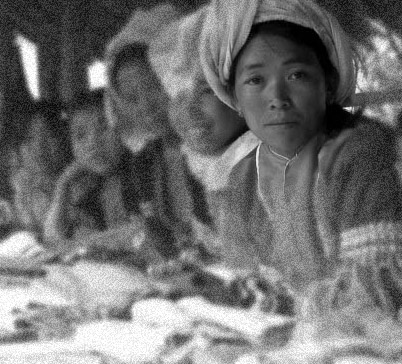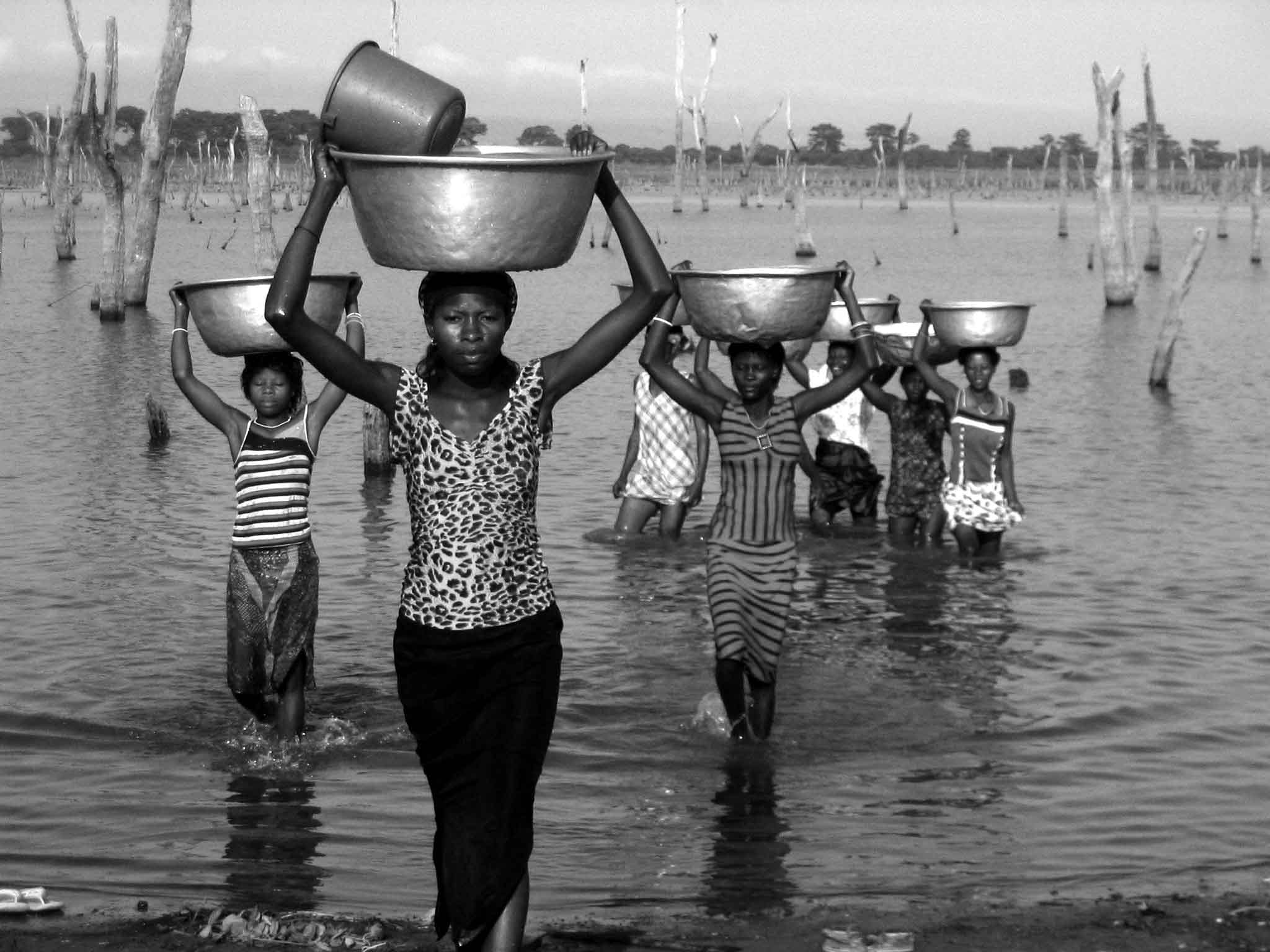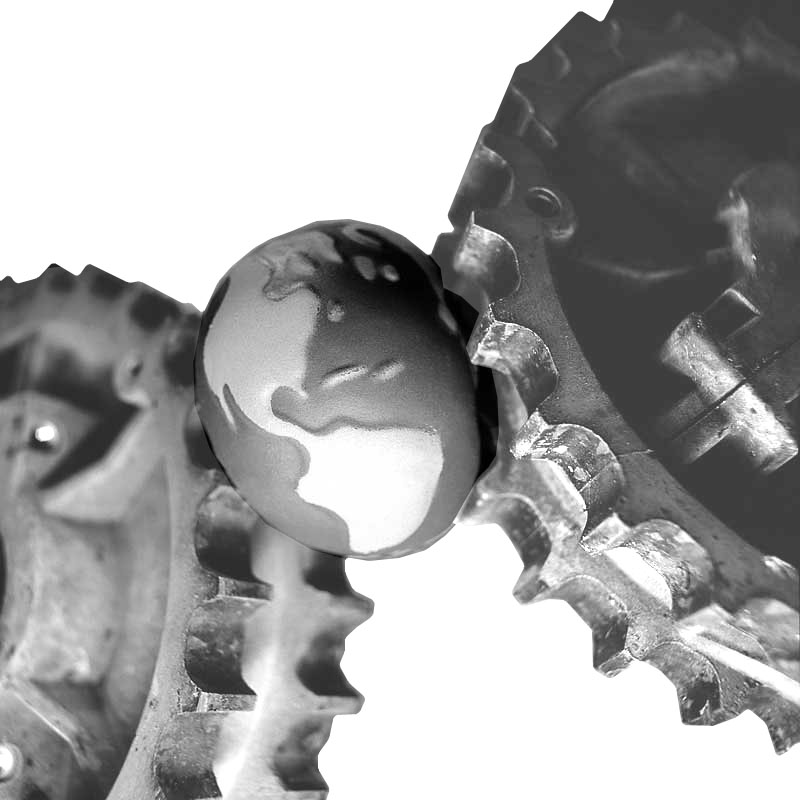Shifting Feminisms: From Inter-sectionality to Political Ecology
I thought ecology was about the ecosystem!
Political ecology” is a new term that encapsulates a range of concerns regarding the environment and the impacts of changing environments on people’s lives and livelihoods. It provides for an inter-disciplinary framework for looking at these impacts, and places unequal power relations on the basis of sex, age, class, education, political representation and so on at the centre of the debate. A feminist perspective on political ecology looks not only at the unequal relations between men and women but also at the ways in which diverse understandings of masculinity and femininity shape people’s control over such basic necessities such as food and water, forests and land. While one may wonder why such a new term becomes necessary when concepts such as “inter-sectionality” have been developed over the past years, let’s not get bogged down by semantics but rather explore the nuances of “political ecology.”
representation and so on at the centre of the debate. A feminist perspective on political ecology looks not only at the unequal relations between men and women but also at the ways in which diverse understandings of masculinity and femininity shape people’s control over such basic necessities such as food and water, forests and land. While one may wonder why such a new term becomes necessary when concepts such as “inter-sectionality” have been developed over the past years, let’s not get bogged down by semantics but rather explore the nuances of “political ecology.”
Feminist political ecology: its strengths as an analytical framework Within a traditional “women and development” framework, we looked at ecological/environmental issues from the perspective of our physical and material environment. Inter-sectionality
An inter-sectional approach to analysing the disempowerment of marginalised women attempts to capture the consequences of the interaction between two or more forms of subordination. It addresses the manner in which racism, patriarchy, class oppression and other discriminatory systems create inequalities that structure the relative positions of women, races, ethnicities, classes, and the like. Moreover, inter-sectionality addresses the way that specific acts and policies operate together to create further disempowerment.
Source: www.cwgl.rutgers.edu Thus, we examined the ways in which women and men perceive their relationship to land and water differently and sometimes we would essentialise the links between women and land on the basis that both land and women possess the power of reproduction. Talking about water management, for example, we would say that since women are the ones who must walk long distances to fetch water, they should be the ones to decide where the village wells are to be built. We would also encourage women to use their waste water from cooking and washing to water a home garden in which they could produce vegetables and fruits for their family, thus also providing valuable nutritional supplements.
Thus, we examined the ways in which women and men perceive their relationship to land and water differently and sometimes we would essentialise the links between women and land on the basis that both land and women possess the power of reproduction. Talking about water management, for example, we would say that since women are the ones who must walk long distances to fetch water, they should be the ones to decide where the village wells are to be built. We would also encourage women to use their waste water from cooking and washing to water a home garden in which they could produce vegetables and fruits for their family, thus also providing valuable nutritional supplements.
We supported women to become “small” farmers and “small” entrepreneurs, to work with “micro”-credit. These were all part of our strategies for women to play a more central role in the sustainable development of their families, their communities and their societies in the 1970s and 1980s. Why then were we willing to be so “small” and “micro?” Was the dogma of “Small is Beautiful” so powerful? Or did we get caught up in something that was “bigger” than us, without realising it? How did we understand the concept of equality? Somewhere buried inside these questions lies our unease in addressing cultural and social practices, issues of unequal gender relations within the family and in the world.
Political Ecology
An interdisciplinary, non-dualistic strategy that seeks to describe the dynamic ways in which, on the one hand, political and economic power can shape ecological futures and, on the other, how ecologies can shape political and economic possibilities.
Source: http://ceep.udel.edu/politicalecology /index.htmlFrom the perspective of political ecology, then, we look at a range of experiences of life and living, and at the various factors that shape and influence them. We look not only at the biological and environmental factors but also at the social, economic and political factors that all together create the environment in which we live and work.
Learnings and challenges
In the years since the 1980s, through the experiences of millions of women all over the world, we have learned that most of our attempts to conserve energy, to save water, to preserve the rainforests, to develop alternative forms of energy, and to protect our gene pools have not been very successful. The economic imperatives of global markets and the expansion of neo-imperialist political agendas have created havoc in nature and destroyed millions of lives through wars and natural disasters.
From the perspective of political ecology, then, we look at a range of experiences of life and living, and at the various factors that shape and influence them. We look not only at the biological and environmental factors but also at the social, economic and political factors that all together create the environment in which we live and work.
On reflection, as feminists, we see that many of the strategies and tactics we used in the 1980s were more suited to containing women within the framework of patriarchal control and domination. The processes through which many women were incorporated into local economies were limiting; their workload increased, with no guarantees that they could control the incomes they earned. In some cases, in fact, research has shown that some women became more vulnerable to abuse and violence when they did become income-earners.
The processes through which we incorporated women into political structures were equally limiting; their capacity to influence decision making was often relegated to the “soft” issues such as social welfare, while “hard” areas of decision making such as economics, politics and foreign policy remained the terrain of men. Situations of violence and discrimination were not eliminated from the lives of women or from the psyches of the community. In many parts of the world, fathers, brothers and even other male relatives continued to believe that they could control the mobility and freedom of their womenfolk through violent means. Arguments based on tradition, culture and customary practices continued to be used to discriminate against women and girls.
Today, we have moved into the 21st century with a much better understanding of the social phenomena that enable patriarchies to shift and change with time, and remain constant in our lives. The often forced integration of southern economies into global markets has resulted in the continued exploitation of cheap labour, especially women’s labour, and has continued to locate the majority of women workers in sectors in which their traditional roles as needlewomen, small-scale agriculturists, caretakers and providers of sexual services are reaffirmed.
The increased fragmentation of workers’ solidarity and the rapid expansion of the so-called informal sector have had the most devastating impact on women since they are mostly working in this unorganised and unprotected sector. In the rural sector, destructive processes of mining, cash crop farming and concentration of land and other natural resources in the hands of a few have led to the eviction of rural and indigenous populations, and resulted in acts of hostility against the land and against peoples. Indeed, the private armies of rich landowners—individuals and companies—are returning us to the medieval times of serfdom and servitude.
Currently, we also see the emergence of new political ecologies, in which new tensions arise...The shifts in power relations open up new spaces for resistance and action for all kinds of marginalised communities and individuals...
Globalisation has also led to the intense fragmentation of societies and communities. Militarisation and the use of force to impose means of domination at all levels of society generate ever more barbaric forms of violence, and the use of tradition and culture to justify discrimination on the basis of sex, gender identity, caste, ethnicity and race, for example, perpetuate social divisions that have complex consequences. All forms of religious fundamentalisms and extremisms flourish in this environment, and the murder of women can be publicly acknowledged as being about a family’s “honour”. Where the “honour” in killing women lies, is a question that feminists consistently raise.
Critical issues and advocacies for feminist activism
Currently, we also see the emergence of new political ecologies, in which new tensions arise. This is the era in which the “small farm” becomes obsolete, the “small fisherman” gets thrown back on to the shore and the small states face a future in which they are only as good as the strength of their alliances with “big” (read economically and politically powerful) states. The shifts in power relations open up new spaces for resistance and action for all kinds of marginalised communities and individuals, such as women, the indigenous, people living with HIV/ AIDS, lesbians, gays, bisexuals and trans-sexual people, for example.
The feminist perspective on modern political ecolog y takes into consideration the changing patterns of the labour force, which are undoubtedly exploitative and heighten women’s vulnerability to violence. The return of the sweatshop in new forms such as global call centres and the home-based production of consumer goods such as clothes, jackets and shoes all depend almost solely on cheap female labour.
Migrant work opportunities, especially as domestic labour, have opened up for millions of poor women. Despite the potential of violence and exploitation, these jobs offer many women an opportunity to engage, in whatever miniscule manner, with life outside the home and the family; they also provide an income with which some women at least can re-negotiate their position within the family. At the same time, different forms of the family emerge as more women are drawn into the labour force, as same-sex families adopt children and as more single parent families become the norm.
The feminist perspective on modern political ecology takes into consideration the changing patterns of the labour force, which are undoubtedly exploitative and heighten women’s vulnerability to violence.
The 21st century also brings the expansion of new reproductive technologies that contain within them the seeds of the separation of biological reproduction from women’s bodies. This scientific advancement has the potential to effect a radical transformation in people’s lives by allowing the exploration of sexual pleasure in all its many manifestations, and by offering a challenge to the stigma of infertility. Yet along with this promise of freedom and choice comes the dangers of the instrumentalisation of women’s bodies and reproductive capacities. The development of “genetic engineering” models of technology also bring back memories of the eugenics of the 1930s when scientists sought to eliminate “flaws” from the human gene pool and create “supermen” and “superwomen.” The call of feminists and women’s rights defenders around the world for the right to choose and the right to control one’s fertility flies in the face of corporate attempts to manipulate and “engineer” our bodies and their reproductive potential.
 In the political arena, more and more feminist activists move away from quantitative solutions to the issue women’s absence from traditional institutions of political power at the national level, and seek instead to achieve substantive and qualitative participation of women, and of other marginalised communities. Combating the fragmentation of social movements and the depoliticisation of collective politics, diverse actors are reviving old forms of transnational organisation and mobilisation, and creating new ones. Feminists are key players in this process.
In the political arena, more and more feminist activists move away from quantitative solutions to the issue women’s absence from traditional institutions of political power at the national level, and seek instead to achieve substantive and qualitative participation of women, and of other marginalised communities. Combating the fragmentation of social movements and the depoliticisation of collective politics, diverse actors are reviving old forms of transnational organisation and mobilisation, and creating new ones. Feminists are key players in this process.
As much as globalisation is about the domination of the “market” imperative, markets and the political power of the empire, it is also about shifting power relations and about the transformation of unequal relationships. The concept of inter-sectionality that feminists developed to better understand the multiple layers of discrimination and oppression that are experienced by women all over the world, is critical to the framework of political ecolog y. Inter-sectionality interrogates the many different dimensions of women’s oppression and looks at them from the diverse lenses that shape the world a woman inhabits. The framework of political ecology helps us to locate this inter-sectionality within the material world as well as within the metaphysical one.





 The
The 
 Isis Resource Center holds one of the largest feminist collections of materials in the Global South. With 40 years of publication experience, Isis holds a vast collection.
Isis Resource Center holds one of the largest feminist collections of materials in the Global South. With 40 years of publication experience, Isis holds a vast collection.